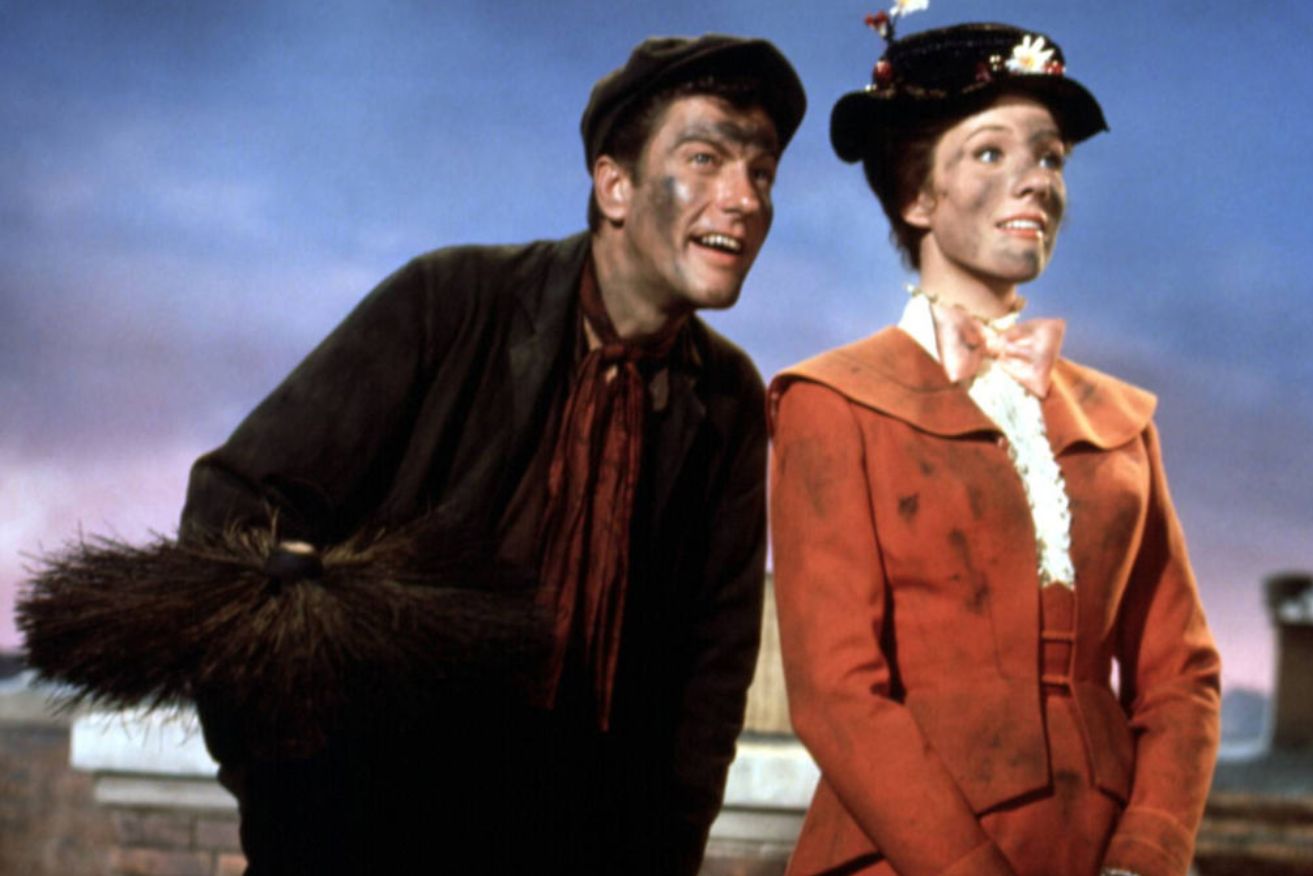Classic film Mary Poppins censored over use of racist term


The term is considered offensive and derogatory by the Oxford English Dictionary.
Mary Poppins has had its age rating raised by film censors because it features racist language.
The film classic, starring Julie Andrews, has been reclassified from a U (for universal) to a PG (for parental guidance) by British film censors.
The film was reclassified because of its use of a term used by white Europeans to describe nomadic peoples in southern-Africa.
The word in question – “Hottentot” – is an adopted name for the Khoikhoi used by Dutch settlers, believed to imitate their language, which is considered offensive. It would later be used to refer to all black people.
The term in the film is used to refer to chimney-sweeps with their faces covered in soot.
Censors the British Board of Film Classification said the use of the term “exceeds our guidelines” for U films.
The word is used twice in the film bu Admiral Boom.
Mary Poppins was originally released in 1964.
It is set in London in 1910 and follows Andrews as the magical nanny who takes care of a family’s children with the help of a busking chimney-sweep, Bert, played by Dick Van Dyke.
The film took home five Oscars in 1965, including Andrews for best actress and for best song.
“Most recently, the film was resubmitted to us in February 2024 for another theatrical re-release, and we reclassified it PG for discriminatory language,” a spokesperson for the BBFC said.
“Mary Poppins (1964) includes two uses of the discriminatory term ‘hottentots’.
“While Mary Poppins has a historical context, the use of discriminatory language is not condemned, and ultimately exceeds our guidelines for acceptable language at U. We therefore classified the film PG for discriminatory language.”
The Oxford English Dictionary describes the offensive term as “generally considered both archaic and offensive”.
The BBFC said it had conducted research about the film that revealed people were concerned, particularly parents who were worried it had “the potential to expose children to discriminatory language or behaviour which they may find distressing or repeat without realising the potential offence”.
The organisation said a PG rating “should not unsettle a child aged around eight or older” and that “unaccompanied children of any age may watch, but parents are advised to consider whether the content may upset younger, or more sensitive, children”.
A U rating means content should be “suitable for audiences aged four years and over” but the BBFC website said “it is impossible to predict what might upset any particular child”.








